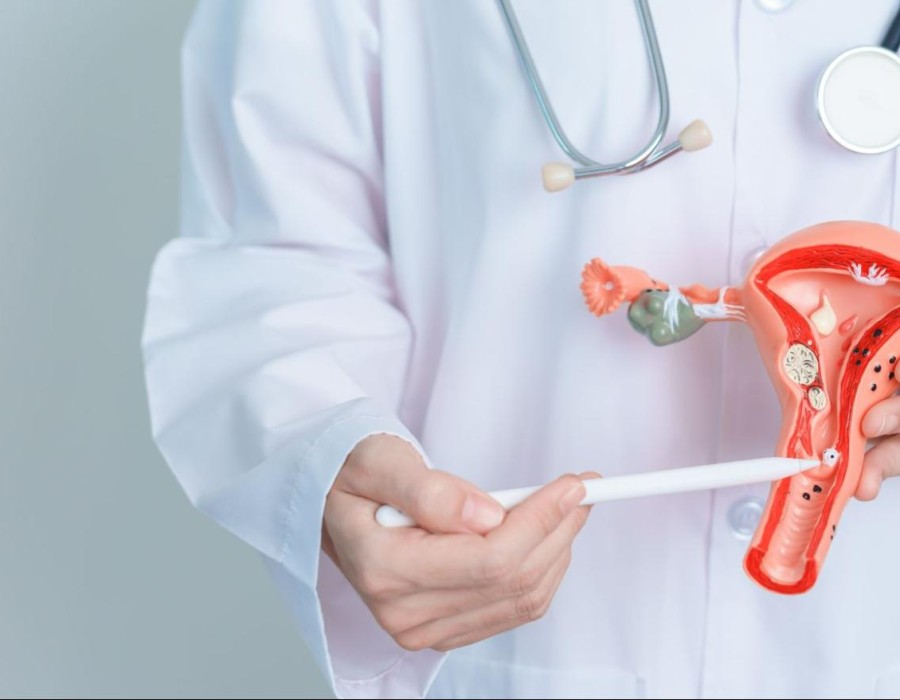Fibroid treatments vary widely depending on the size, location, number of fibroids, symptoms, and the patient's desire for future fertility. Here's an overview of the different treatment options and how they differ from each other:
1. Medications
- Hormonal Therapies:
- GnRH Agonists: These drugs, such as leuprolide (Lupron), reduce estrogen and progesterone levels, causing fibroids to shrink. However, they are usually used short-term due to side effects like bone loss.
- Progestin-releasing IUD: This intrauterine device can help relieve heavy bleeding associated with fibroids but does not shrink them.
- Oral Contraceptives and Progestins: These can help control heavy bleeding but generally do not reduce fibroid size.
- Non-Hormonal Medications:
- NSAIDs: Nonsteroidal anti-inflammatory drugs can relieve pain but do not affect bleeding or fibroid size.
- Tranexamic Acid: Helps reduce heavy menstrual bleeding but does not shrink fibroids.
2. Minimally Invasive Procedures
- Uterine Artery Embolization (UAE):
- Procedure: Tiny particles are injected into the arteries supplying the uterus, cutting off the blood flow to fibroids, causing them to shrink.
- Benefits: Minimally invasive with quick recovery.
- Considerations: Not recommended for women who wish to conceive in the future.
- MRI-Guided Focused Ultrasound Surgery (FUS):
- Procedure: High-intensity ultrasound waves are used to heat and destroy fibroid tissue.
- Benefits: Non-invasive with a short recovery time.
- Considerations: Not suitable for all types of fibroids, particularly large or numerous ones.
3. Surgical Options
- Myomectomy:
- Procedure: Surgical removal of fibroids, preserving the uterus.
- Types:
- Laparoscopic Myomectomy: Minimally invasive, using small incisions.
- Hysteroscopic Myomectomy: Removal through the vagina and cervix, suitable for fibroids inside the uterine cavity.
- Abdominal Myomectomy: Open surgery for large or multiple fibroids.
- Benefits: Preserves the uterus and fertility potential.
- Considerations: May require future surgeries if new fibroids develop.
- Hysterectomy:
- Procedure: Complete removal of the uterus.
- Types:
- Total Hysterectomy: Removal of the uterus and cervix.
- Subtotal Hysterectomy: Removal of the uterus, leaving the cervix.
- Radical Hysterectomy: Removal of the uterus, cervix, part of the vagina, and surrounding tissues.
- Benefits: Definitive solution with no risk of fibroid recurrence.
- Considerations: Ends the ability to bear children and involves a longer recovery time.
4. Other Treatments
- Radiofrequency Ablation (RFA):
- Procedure: Uses heat to destroy fibroid tissue via laparoscopic or transvaginal methods.
- Benefits: Minimally invasive with a quick recovery.
- Considerations: Long-term effectiveness and impact on fertility are still being studied.
Summary
- Medications are typically first-line fibroid treatments for managing symptoms but do not eliminate fibroids.
- Minimally invasive procedures like UAE and FUS offer alternatives to surgery with shorter recovery times but may not be suitable for all patients.
- Surgical options like myomectomy and hysterectomy provide definitive treatments with varying implications for future fertility.
- Other treatments like RFA offer emerging options that balance efficacy with invasiveness.
Each treatment has its own set of benefits and considerations, and the choice depends on the individual patient's circumstances, symptoms, and reproductive goals. Consulting with a healthcare provider can help determine the most appropriate treatment plan.





Comments